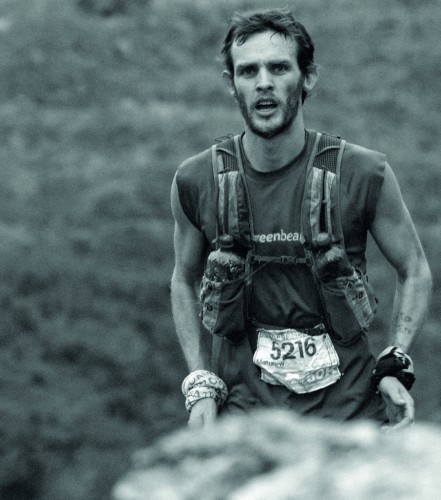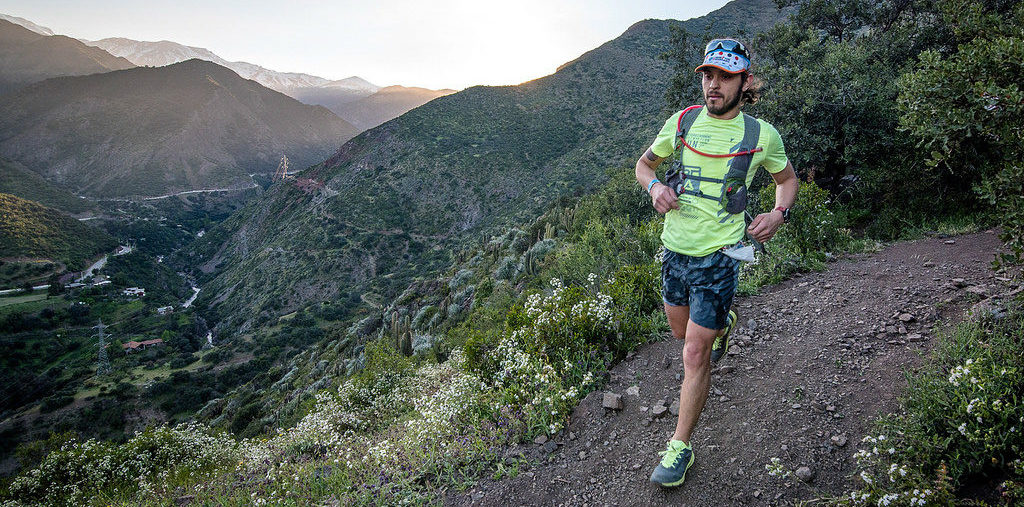
Photo: Nativo Producciones. Cover photo by Matías Donoso.
Psst!
I’ve got a secret.
Make sure no one is overlooking your screen.
It’s about these ultramarathons you hear people doing.
Sure, they are further than a marathon. They take longer to complete and require you eat a half-dozen roast dinners before you feel normal again.
But, what ultra runners don’t want you to know is they are actually easier than a road marathon. At least a 50K is, probably. Here’s my reasoning, after racing the North Face Endurance Challenge 50K (NFEC) near my home in Santiago, Chile.
Training
Any ultramarathon worth its salt takes place off road, and for good reason. When Pheidippides, the first ever marathon runner died after reaching Athens, the rumour is that exhaustion wasn’t the cause of death, but boredom – having run 26.2 miles on road.
Believe that or not, ultras like the NFEC in the Andes mountains remove the monotony and replace it with wonder.
I picked this race as it was local, and I could train on the course by running from my front door. Familiarisation with the route means less nasty surprises on race day. The training got me running around new mountains and over unexplored passes.
Goal setting was important. I hadn’t had my strongest year of racing, and so I concentrated the training on making sure I could complete the distance and still be running strong at the finish.
I sought out hilly terrain to prepare for the 2,794m of ascent I would be tackling on race day (more friendly 50Ks are never that lumpy!) And I trained on trails after dark with a head-torch so I would be comfortable with the night time start.
Racing
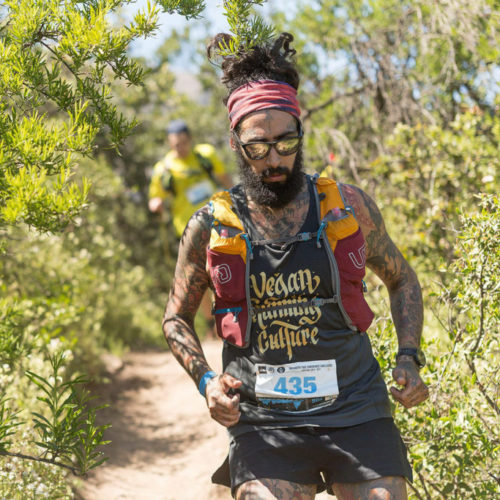
Photo: Juan Luis De Heeckerenen
On race day, pumped-up runners charge from the NFEC Chile start line onto the cold cactus-lined trails of the Andean foothills.
Over the 50K distance, you never want to be trying so hard that you can’t form a sentence. Some runners around me are chatting comfortably in Spanish. Others are breathing hard.
Later in the day these over ambitious runners will be circled by the three-metre wing span condors as they grind to a halt in the dust.
As the sun and the temperature begin to rise, we approach the highest part of the course with views to far higher glaciers and the shark-teeth mountains that guard passage to Argentina. Such lumpy running means that even splits are impossible. Ultra running in the mountains requires consistent effort, not speed.
Some of the best runners are carrying lightweight hiking poles to help balance themselves on the descents and propel them up the climbs. Even the top guys walk the big ascents. Those without poles, pump down with the palms of their hand on their alternate uphill knee.
The second half of the NFEC Chile 50K is slightly flatter. Here is where the smart runners begin to contend for positions. Unlike hitting the wall in a road marathon, most ultra runners have ups and downs throughout the race. At a slower pace, dips in energy and motivation can be smoothed out.
By Km 30 I’m struggling with the heat, but stop in a river to wet a headband and replace it to cool me down. When feeling crampy I manage it with an electrolyte tablet. When feeling hollow, I swap to my caffeine energy gels.
From Km 40 I’m deliberately distracting myself by high fiving other runners. In the last 10K I start whooping to myself to release adrenaline, force myself to smile and preoccupy myself with not getting acupunctured by a cactus.
Tiredness never completely overtakes me, and I creep into the top-ten to finish in 5hours and 59minutes.
Recovery
Pounding cumbia music plays over the speakers as sweaty runners begin stretching, ice bathing and then massage accompanied by beers. Competitors cross the line for the next six hours. The exhaustion of the 50K race will leave them wanting nothing but sleep and doughnuts for the next forty-eight hours.
But the damage is not as deep as a road marathon. Sure, our muscles have been tested. Yet the strain as we crossed mountains, hopped streams and teetered down scree slopes was not the same as relentless pavement pounding. The very next day I’m out jogging, gently, once again.
Shoes
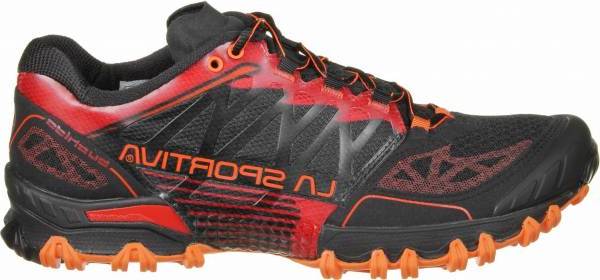
For training on the hard-packed Chilean trails I used the La Sportiva Bushido – a protective, supportive and bomb-proof long-mileage workhorse. 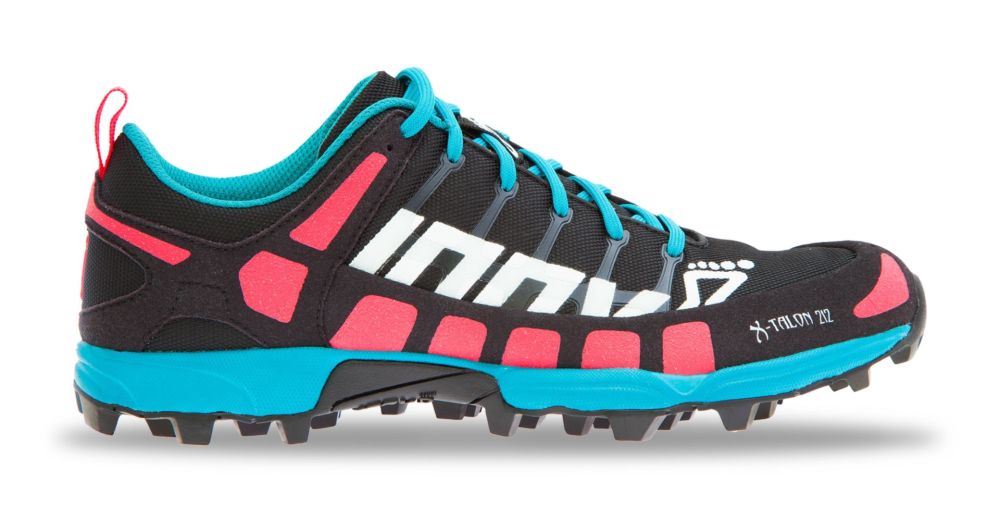 For the race itself I switched to the inov-8 X-Talon 212 – a fast and light shoe with aggressive tread, best suited to softer trails.
For the race itself I switched to the inov-8 X-Talon 212 – a fast and light shoe with aggressive tread, best suited to softer trails.
Beginner friendly ultras
Endurance Life North York Moors, 34.7 miles, North England, 29 September 2018
Endurance Life Suffolk, 33.1 miles, South East England, 20 October 2018
North Face Endurance Challenge 50K, Santiago, Chile, 20 October 2018
Imber Ultra, 33miles, South West England, March 3rd 2019

